Adding rocks to the aquarium truly perk up the attraction and make the suitable environment for your aquarium inhabitants. You need to ensure that the rocks you put in your aquarium will not harmfully impact the environment. Besides these, the rocks should not contain any metal. Generally, metals rust under water which is not good for the health of the aquarium fish. These types of rocks are extremely deadly to your fish. You should examine thoroughly for veins of metal before adding to an aquarium. In this case, metallic rocks must be avoided to add to your aquarium at all costs.
To choose the best rocks for your aquarium, you have to ensure the safety and balance of your aquarium. If you choose wrong rocks for your fish tank which impact the water quality, the result could be catastrophic. Generally, some rocks can change the pH and hardness level of the water in your fish tank. If you try to maintain a constant pH level on your water, you should select the correct rocks. In this case, you should buy rocks from an aquarium store. A store bought rocks are processed and you can ready to use.
Some rocks may bear harmful bacteria which can cause diseases of aquarium inhabitants. You should not take rocks from dirty and polluted areas. Besides this, rocks from streams and ponds also carry potentially harmful bacteria and other microscopic organisms which will be harmful inside the aquarium. You should not select a solid rock since it can easily deteriorate inside the aquarium due to the corrosion of water.
Carbonated-rich rocks need to avoid which can increase some water chemistry parameters such as hardness and pH and affect the overall health of the fish tank. This increment of water parameters can impact negatively in the soft water tanks. To maintain optimum water chemistry in your tank, you should check water chemistry on regular basis.
Some Benefits to Add Rocks in an Aquarium
There are many benefits associated with using rocks in your aquarium.
- Naturally, some rocks can change the water parameters in your fish tank. If you use rocks like Limestone or Texas Holey Rock which can serve as a buffer and may raise the pH level of your aquarium water.
- Rocks provide lots of surface area to colonize the nitrifying bacteria. These types of bacteria help to eliminate ammonia and nitrites from your aquarium and make the aquarium environment healthy.
- Rocks can provide hiding places to many fish species that help them safe from other aggressive species. Because many fish species use rocks to make the cave for the living. Additionally, some fish species use rocks as a breeding spot for laying eggs on these objects.
- Many aquarists prefer the natural look and use rocks due to aesthetic value for making aquarium more attractive.
- Rocks in the aquarium provide space for growing algae. If you keep algae eating fish in your aquarium, rocks provide them a healthy, natural diet.
- Rocks also provide a natural habitat to fish as similar as possible to their native habitat.
Some Drawbacks to Add Rocks in an Aquarium
There are also several drawbacks with using rocks in your aquarium.
- Rocks make difficult to catch fish or remove dead ones because they provide many hiding places. In this case, a large amount of the rock needs to remove in order to catch any fish.
- Rocks also make difficult to properly clean the tank without removing them all. Because rocks trap uneaten foods, debris, and other substrates and make the aquarium dirty. To clean your aquarium properly, you should remove them at least once every month to vacuum up this trapped debris.
- Some rocks alter the water chemistry parameters which are harmful to the aquarium fish or other organisms.
- Some rocks can create a very poor visual look and make the aquarium unappealing.
- Rocks give extra surfaces for algae to develop on. An inconspicuous layer of algae looks extremely decent on these items, but if large numbers of bunches begin to form which make odd looking the tank.
Safe Types of Rock
There are lots of rocks in nature or in the pet fish market with sensible cost. Among them, you should select the rocks that are perfectly safe for the home aquarium. The following rocks are generally safe for any fish tank:
Slate: It is a fine-grained metamorphic rock that is made up of mostly volcanic ash, clay, and quartz. There are many types of slate with many shades such as gray, cyan blue and purple-green. It is very durable and long-lasting and great for aquascaping. You can use it for any freshwater or saltwater tank. They are available in many local fish stores with reasonable price.
Granite: It is a common type of light-colored igneous rock which is granular and phaneritic in texture. It is mainly composed of quartz and feldspar but also contains small amounts of mica, amphiboles, and other minerals. It is predominantly red, pink, gray or white in color.
Quartz: Quartz is a mineral composed of silicon. It is transparent and beautiful looking crystal gem with the appearance of diamonds. It is aquarium safe rocks and suitable for any fish tank. It has a variety of colors such as purple, yellow, pink, black or white. It does not alter the water parameters such as pH and hardness.
Lava rock: In nature, there are over 700 lava rocks available which are formed when volcanic lava cools. In the pet store, different colors lava rocks available. Generally, they can be black or grey in colors. Besides these, the most popular lava rocks are a cross between red and orange. Lava rocks bear lots of pore in their whole body. They are durable and long-lasting. These types of porous rocks are suitable for breeding healthy bacteria in your fish tank. Lava rocks are attractive to look and make your aquarium more appealing. They also provide a healthy tank environment. You should avoid rocks with sharp edges for the fish that have sensitive barbels, such as the Cory species.
Onyx: It is a gemstone which is composed of the mineral like silica, quartz, and moganite. It is formed of bands of chalcedony where the colors of its bands range from white to almost every color. The common specimens of onyx contain bands of black or white colors. It is found in various regions of the world including Argentina, Yemen, Uruguay, Canada, Australia, Czech Republic Brazil, India, Latin America, China, Germany, Indonesia, the United Kingdom, Madagascar, and various states in the US.
Sandstone: Sandstone is a common type sedimentary rock which is made up of sand-size (0.0625 – 2.0 mm) grains of mineral, rock, or organic material. It is found in sedimentary basins all over the world.
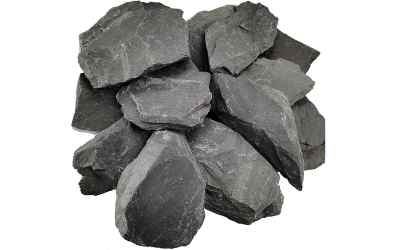
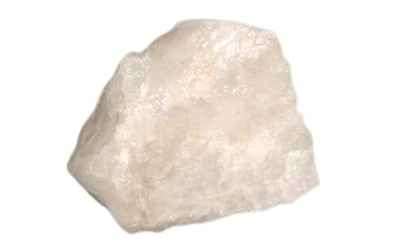
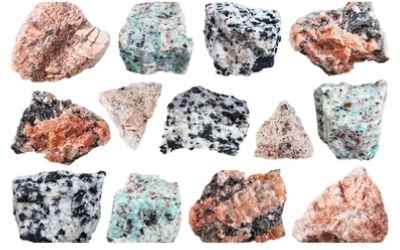
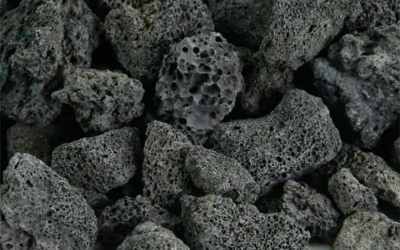
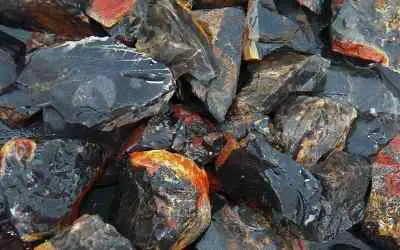
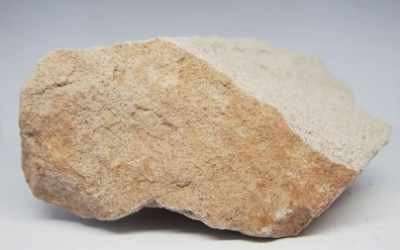
Rocks that should be avoided to Use in Aquarium
- Marble
- Alabaster
- Dolomite
- Limestone
- Some sandstone
- Some types of sand
- Geodes
- Shells or crushed coral (it is not suitable for the most freshwater fish but you may use for African cichlid tanks, they prefer higher pH and hardness)
Choosing Rocks for Aquarium
Choosing rocks is a great job to make your tank suitable for fish. You can save money by adding local rocks to your aquarium. In this case, you must choose the right kind of rock; otherwise, it can be absolutely disastrous. Some types of rocks can impact the water quality parameters such as pH and hardness while other rocks may infest with bacteria and nasty organisms which can be deadly to your fish. However, you should never collect rocks from the polluted area. It is not possible to remove all of the toxins from rocks of polluted areas. Rocks from streams or ponds also contain harmful bacteria and other microscopic organisms. In this case, before adding rocks into the fish tank, you should sterilize the rocks.
Preparing the Rocks for Adding to Aquarium
You choose some safe rocks that are appropriate for your fish tank and you should properly prepare them before adding to your aquarium. At first, you have to clean the rocks. In this case, the rocks should be rinsed off and then scrubbed using a stiff brush under clean water. Any household cleaners should not be used to wash or clean the rocks because most of the cleaners leave a residue which is very harmful to the fish tank.
After removing the dirt and any dust, the rocks should be disinfected. In this case, you can boil the rocks or soak in a bleach solution.
Boiling for Cleaning the Rocks
Boiling of rocks should not be done for a long time. If you boil them for a long time, the rocks can explode, and damage the kitchen and can injure you. To remove all of the harmful bacteria and other organisms, boiling is the best method to clean rocks.
During boiling, the rocks should be placed them in the submerged condition in a large pot. Under the lowest temperature, the water should be boiled with rocks. The boiling pot should be covered and take safety measures to prevent the explosion.
The rocks should be boiled for about 30 minutes and remove them from the pot. After removing the rocks from the boiled water, place them on paper towels to absorb any excess water, and allow them to cool for at least one hour. To safely add it to the aquarium, you should allow them to completely cool. This method is not suitable for porous rocks (lava rock) or other similar rocks because they will break apart or crumble while being boiled.
Washing Rocks Using a Bleach Solution
It is the less effective method but is the suitable option for porous rocks. You can also use this method for large sized rocks or you don’t want to deal with the dangers of rocks during boiling.
In this method, a container is required where the rock can be submerged fully. The container should be filled with bleach solution where the ratio of bleach and water should be 1:10. You can also use a higher concentration of bleach solution. The rock should be submerged into a bleach solution for 24 hours and then the rock should be washed using tap water. Finally, any trace of the bleach solution from the rock should be removed using treated water.
Preparing the Fish Tank for Adding Rocks
The flat bottom acrylic tank is perfect for using large rocks. You can also use a glass aquarium. To use large sized rocks in your tank, the following steps should be kept in mind:
- The fish tank should have stands with a flat surface which support the entire bottom of the tank. Stands also offer support around the edges of the fish tank and ensure the equal level for weight distribution on the frame of your aquarium.
- If you use a glass aquarium, you should purchase styrofoam sheets to cover the bottom of your tank. Styrofoam sheets basically fill in the raised portion between the glass and aquarium stand. Because the Styrofoam will add support for the bottom pane of glass.
- Rocks should not be placed onto the glass aquarium directly. Initially, you put sand or fine rock down and after that place the large sized rocks on top of the layer. It will help to prevent the scratching or cracking the fish tank due to a sharp edge of large rocks.
- After putting the fish tank under safe position, you can start to fill the fish tank with water. Try not to attempt to put gigantic rocks in an aquarium that is simply too little.
Also Read: How to Maintain Ammonia Level In A Goldfish Tank.
Final Words
Rocks make hiding space and breeding ground for your fish and make the aquarium safe home. Invertebrates and other micro-organism live into rock`s cracks which allows your fish to hunt and eat them. Rocks also provide space for growing algae which makes the constant food source for herbivores such as snails, crabs, shrimps, and other invertebrates. Besides these, rocks make plateaus, mountains, and decorations inside the aquarium and finally make your aquarium eye-catching.
Enter your text here…
